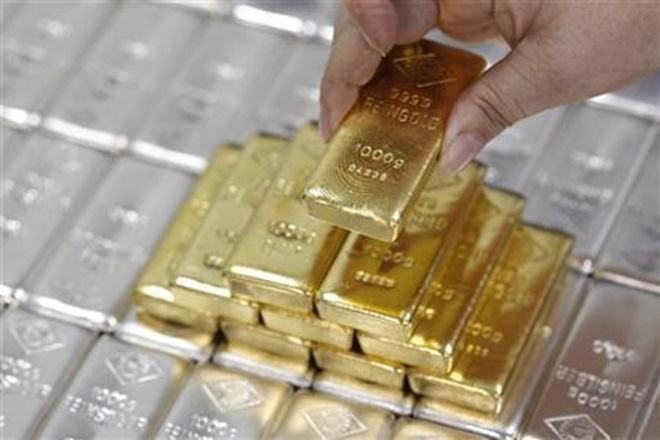Precious metals such as gold and silver are tradable instruments and are classified as commodities, so their prices are relatively uniform throughout the world.
Traders tend to use precious metals as "safe haven" assets, making them easier to trade when economic developments and political turmoil lead to increased volatility in other markets.
After all, gold retains its value when adverse market conditions, such as war, recession, and government debt problems, leave stocks and currencies vulnerable to heavy losses.
Gold and silver are in limited supply, which means they are worth more.
Gold is usually used as the main safe haven asset, while silver is usually used mainly for industrial production.
Therefore, it is more susceptible to price fluctuations caused by changes in business conditions.

Buying and selling precious metals does not require you to buy or sell physical products.Just as with any financial derivative, you can infer the price change.
However, the price drivers for precious metals are the opposite of those for other types of financial instruments.After political turmoil or war, stocks and shares fall in value, while heavy investments in precious metals drive prices up.
the usual factors that affect the price of precious metals are supply and demand, national and global economic trends, inflation, dollar strength, interest rates, government policy, technology, etc.